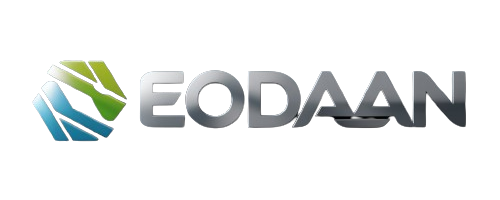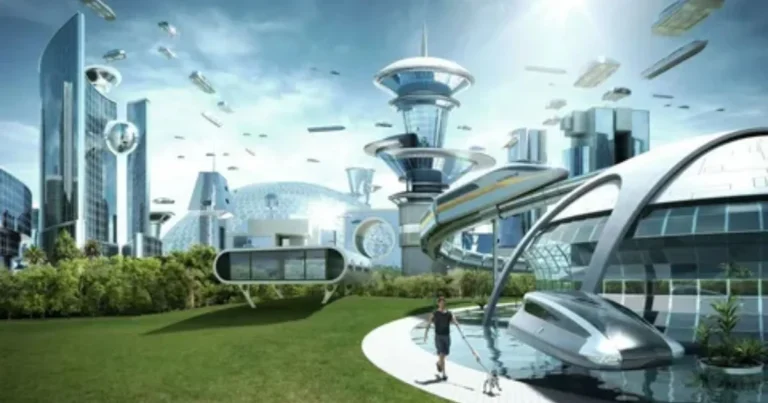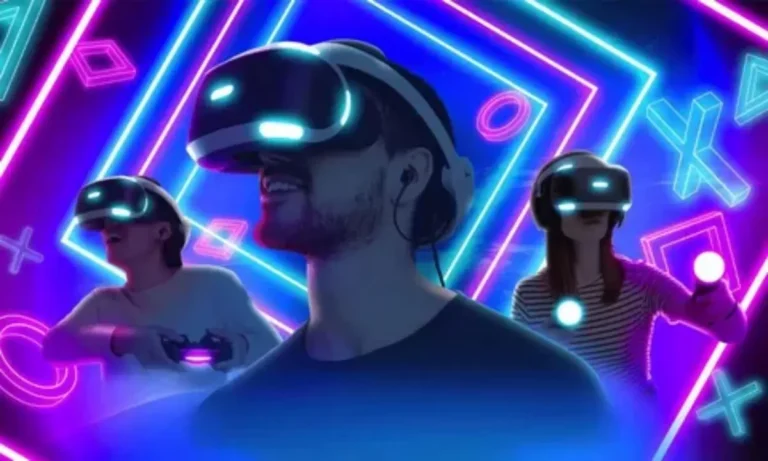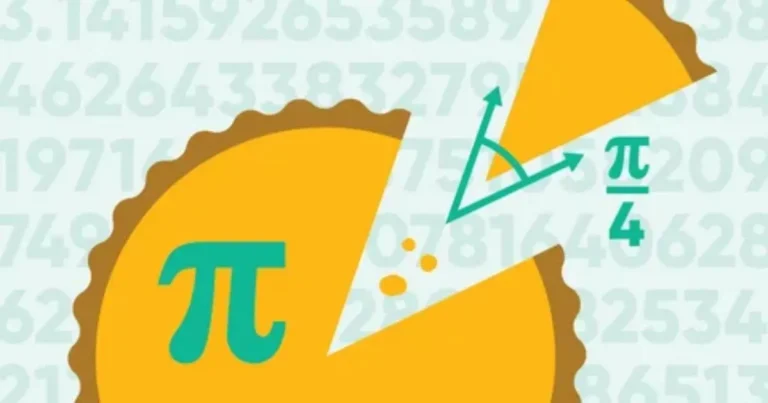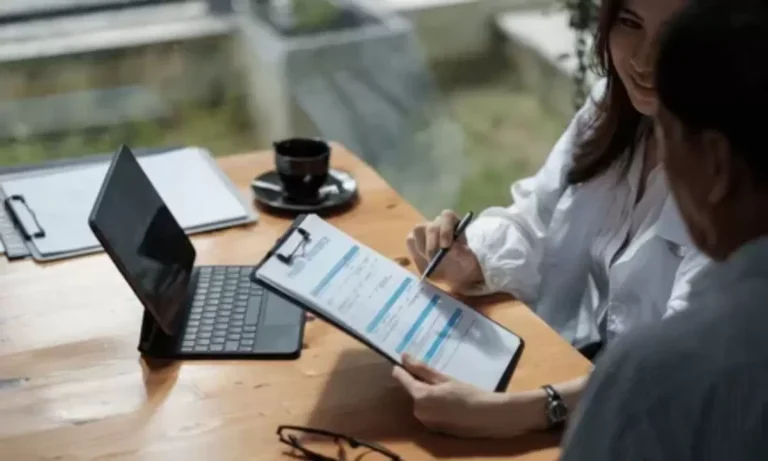The Evolution of Minecraft: Bedrock Edition Game Icons and Banners
Minecraft is one of the best-selling and most popular video games ever made. Since its initial release in 2011, it has continued to evolve and expand across multiple platforms. This includes Minecraft: Bedrock Edition which is available on devices like Windows 10, mobile phones, gaming consoles and more. Over the years, the icons and banners that represent Bedrock Edition in various storefronts and menus have gone through changes. This article will explore the evolution of these visual representations of Minecraft: Bedrock Edition over time.
A Journey Through Visual Transformation
Minecraft has come a long way since its initial release in 2011. What began as a small independent project has grown into one of the best-selling video games of all time. As Minecraft expanded across different devices and platforms, its visual representation also evolved through various Game Icons Banners designs. This article will take a look at the transformation of Minecraft: Bedrock Edition’s icons and banners from its early days to the present.
Early Icons and Banners: The Beginnings
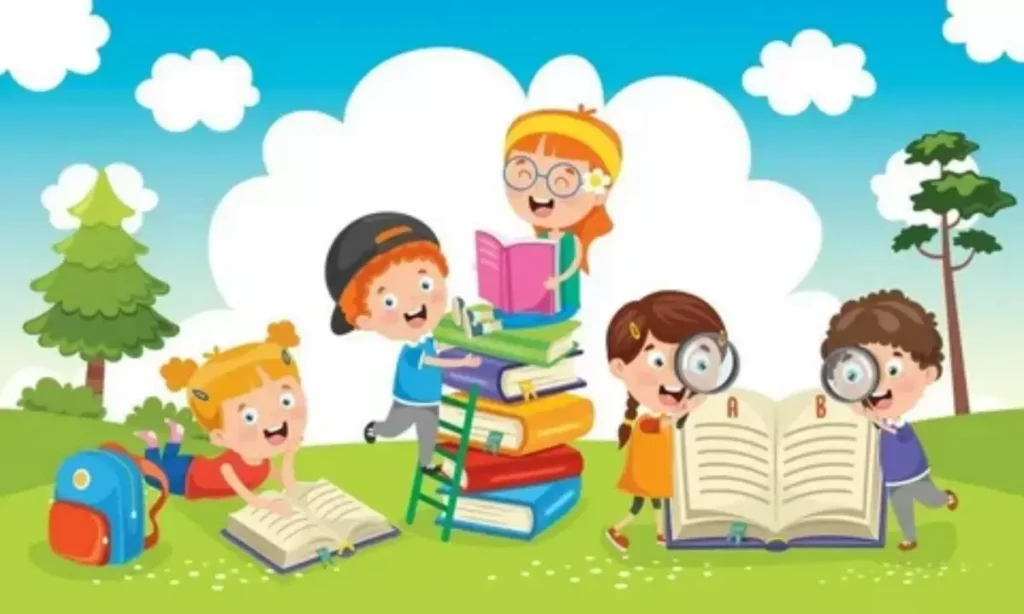
When Bedrock Edition was first launched in 2011, the icon and banner designs were very basic. The initial App Store and mobile storefront icons featured a stack of blocks with the Minecraft title. These served as a simple identification for the new edition available on mobile and other devices. Over the next few years the visuals would gradually become more polished and representative of the Minecraft spirit.
| Year | Icon Design | Description |
| 2011 | Stack of Blocks | The initial icons for Bedrock Edition featured a simple stack of cyan, gray and green blocks with the word “Minecraft” above. This provided basic visual identification. |
| 2012-2013 | Colorful Block Stacks | Icons began using more colorful block stacks that were decorated with greenery like trees and grass. This helped establish a distinct aesthetic for Bedrock Edition. |
| Purpose | Establish Basic Visual Identity | During these early years, the relatively simple icon designs served to clearly identify and brand the new Bedrock Edition as it launched on mobile/Windows 10 and expanded to new platforms. |
Initial Years: 2011-2015
During the initial years from 2011-2015 Minecraft: Bedrock Edition was establishing its presence across mobile, Windows 10 and other platforms. The icons in these early days focused on basic identification and representation of the game.
2011: The Birth of Bedrock Edition
In 2011, the Bedrock Edition of Minecraft was released targeting mobile devices and Windows 10. The launch icons featured a basic stack of blocks in cyan, gray and green colors with the word “Minecraft” above. These served as a basic but familiar representation of the block-building gameplay for new users.
2012-2013: Establishing a Visual Identity
Over the next couple of years, the icons evolved to become more detailed. Colorful block stacks were decorated with greenery and characters. Icons started incorporating the Minecraft landscape with hills and trees in the background. This helped establish a distinct visual identity for Bedrock Edition among other games on various platforms.
2014: Cross-Platform Expansion
As Minecraft expanded to new consoles and devices in 2014, the icons were adapted for each platform. While maintaining consistency with colors and block imagery, icons were customized for stores like Nintendo eShop, PlayStation Mobile and Xbox Live. Character models were also added interacting within iconic Minecraft environments. This helped brand recognition cross multiple platforms.
2015: Maturity and Professionalism
With the game reaching new heights of popularity by 2015, the iconography became more polished and representative of a major franchise. Detailed landscapes full of blocks, characters and mobs were rendered in crisp textures. Colors were mellowed down to match Minecraft’s art style. Banners and backgrounds used for promotional materials also reflected the new premium visual identity. Overall, the icons had become a fitting representation of Bedrock Edition’s maturity by this point.
Expansion Era: 2016-2018
Over the next few years, Bedrock Edition continued to grow its cross-platform capabilities and integrate new content through large updates. This period saw significant changes and improvements to the icons.
2016: The Beginning of Cross-Platform Unification
In 2016, Minecraft creators announced plans to unify the game across multiple devices under one version called Bedrock Edition. The iconography was updated to emphasize the cross-play between platforms like Windows 10, mobile, VR and console editions. Icons featured landscapes that could be explored together on any device.
2017: The Better Together Update
The Better Together update in 2017 marked the merging of console editions into Bedrock Edition. The icons were adapted for each platform while retaining consistency. They focused on showcasing features like the new cross-platform multiplayer through groups of characters from different platforms exploring worlds together.
2018: The Aquatic Update
Minecraft received its biggest content update called the Aquatic Update in 2018, adding oceans, shipwrecks and new mobs like dolphins and turtles. The iconography was revamped to highlight these new aquatic elements through landscapes and characters interacting in underwater scenes. Banners and store icons reflected Minecraft’s rich underwater worlds.
Current Trends: 2019-Present
The recent years have seen Minecraft continuously evolving its vast content through ambitious annual updates. The icons have been adapted to showcase these new additions.
2019: The Village & Pillage Update
This major update in 2019 focused on villages, raids and pillagers. Icons depicted bustling villages with farms, villagers going about their tasks. Pillager patrols and raids were prominently featured raiding villages. This highlighted the new NPC behavioral dynamics.
2020: The Nether Update
With the Nether receiving a massive overhaul, icons shifted to a hellish red palette. Wispy ghosts and ominous crimson forests filled banners. Blazing fortresses and piglin brutes embodied the newNether dangers. They convinced players to explore the fiery dimensions.
2021: The Caves & Cliffs Update
Paying homage to its name, most 2021 icons zoomed out to showcase towering cliffs and breathtaking vistas. Others revealed expansive underground cave systems with glowing fungi and dripstone sticking from ceilings. Axolotls and goats encouraged discovering these new biomes.
2022: The Wild Update
Mangrove swamps, frogs and the allay took center stage in 2022 icons. Lush greenery, jumping frogs and curious allays explored the new wetlands. Meanwhile banners teased the upcoming Warden mob through tentacle silhouettes in caves. Players were compelled to experience the upcoming changes first hand.
2023-Present: Building on the Legacy
The success of Minecraft has propelled it into becoming a true multi-generational phenomenon. As it continues growing, its visual identity too progresses to remain relevant.
The First Major Overhaul: A New Identity
Minecraft received its most transformative icon update in 2023 after over a decade. Icons adopted a minimal yet whimsical papercraft style using blocks as building materials. Characters expressed more emotions to feel livelier. This rejuvenated Minecraft’s visual language for the future.
Adapting to Platforms: Versatility in Design

While maintaining the signature papercraft look, icons tailored for each platform – from mobile storefronts to console banners. Switch icons popped with vibrant colors. PS5 banners captivated through cinematic landscapes. This ensured recognition across different ecosystems.
Modern Minecraft: A Blend of Nostalgia and Innovation
Recent icons pay homage to simplicity of 2011 along with sophistication of current gameplay. Blocky mnimalist structures sit adjacent lush worlds. Pixelated Steve stands with polygonal mobs. It bridges past and present and appeases both new and nostalgic fans.
Capturing the Essence of Minecraft
No matter how advanced tech gets, icons distill the true spirit within the block game – creativity, adventure, friendships. They fill players with a sense of wonder, curiosity and most of all, a desire to jump into the voxel sandbox once more.
The Power of Visual Storytelling
Minimalist icons convey as much story and emotion as detailed landscapes through subtle cues. They spark imaginations and transport minds using just a few pixels. This creative expression is a hallmark of Mojang’s design philosophy.
Behind the Scenes: The Design Process
Concepts are rigorously tested, platform limitations considered to arrive at designs fulfilling business and experience goals. User research also influences decisions to maximize effectiveness. It requires close collaboration between design, marketing and development teams.
The Future of Minecraft’s Visual Identity
As the game continually evolves with the times, its visual identity will keep adapting too. Yet one thing is constant – icons will remain windows to glimpse the magical world within and pull users into the never-ending adventures of Minecraft.
FAQs
Conclusion
Over the past decade the icons and banners representing Minecraft: Bedrock Edition have come a long way from simple blocks to intricate landscapes. They have evolved to showcase new content and draw users into the game’s exciting worlds. Through innovative design and visual storytelling, the icons capture the essence of the hugely popular “The Evolution of Minecraft: Bedrock Edition Game Icons and Banners”. As Minecraft continues to grow, its iconic visual representations will carry on adapting to engage both new and loyal fans for many years to come.

